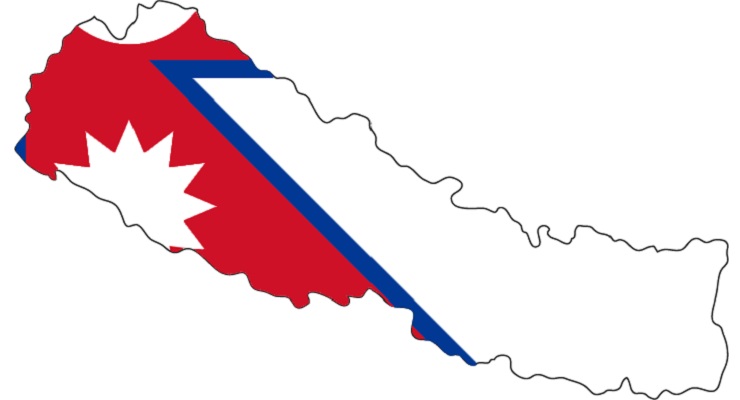
Nepal, hardly heard of in the news but is one of the world’s struggling democracies. A new analysis by Dr. Dinesh Bhattarai published in IPS examines the on-going political limbo in which Nepal is stuck as it struggles to consolidate its democracy. Here is an excerpt
In recent weeks, Nepal’s young democracy has been shaken by two landmark Supreme Court decisions. While the first proved the institutional resilience of Nepal’s democracy with restoring the previously dissolved House of Representatives, the second has thrown the country’s politics in disarray by reversing the unity of the ruling party.
Since the highly disputed dissolution of the House of Representatives on 20 December 2020 by the country’s President on the recommendation of Prime Minister KP Sharma Oli, the Supreme Court has moved to the centre stage of Nepalese politics. After several weeks of hearing petitioners, lawyers, and friends of the court, the Bench unanimously decided that the move was unconstitutional, and reinstated the House.
Shortly after, a second verdict was delivered in a three-year-old case on the name of the ruling party. The court decided that the registration under the name ‘Nepal Communist Party (NCP)’ with the election commission was unlawful, since the name ‘Nepal Communist Party’ already had been registered before its emergence. But the decision went even further: it reversed the merger of the Communist Party of Nepal, Unified Marxist and Leninist (NCP-UML) and Communist Party of Nepal, Maoist Center (NCP-MC). This could not only create a hung parliament, but also fuelled the long-simmering intra-party conflict. And the political turmoil of the last month is far from over.
The full article is available through this link.
Leave a Reply